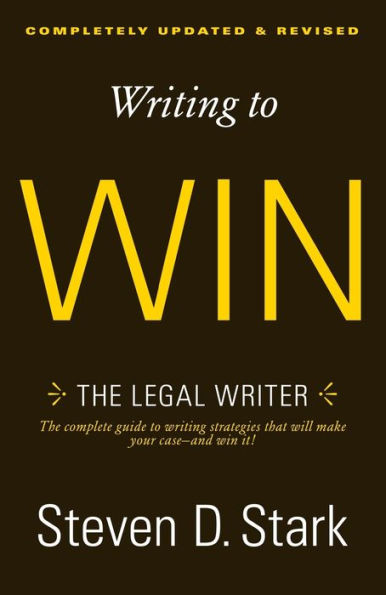Table of Contents
Introduction to the New Edition 1
Introduction 5
Part I The Fundamentals of Legal Writing 11
Chapter 1 Organizing Your Material 13
Chapter 2 The Rules of the Road 30
Chapter 3 The Mechanics of Editing 64
Part II The Fundamentals of Argument for All Lawyers 75
Chapter 4 The Art of Argument 77
Chapter 5 The Role of Narrative in Argument 94
Part III Writing in Litigation 111
Chapter 6 Writing the Facts 113
Chapter 7 Writing Arguments 143
Chapter 8 Writing Trial and Appellate Briefs, as Well as Affidavits 177
Chapter 9 Writing Complaints and Answers 199
Chapter 10 Writing in Discovery 214
Part IV Writing in Legal Practice 227
Chapter 11 Technical Writing 229
Chapter 12 Writing E-mail and Letters 243
Chapter 13 Writing Memos 261
Chapter 14 Drafting Contracts and Rules 268
Conclusion: The Real Damage of Bad Legal Writing 283
Appendix: The Sixteen Rules of Professionalism in Legal Writing 289
Bibliography 291



